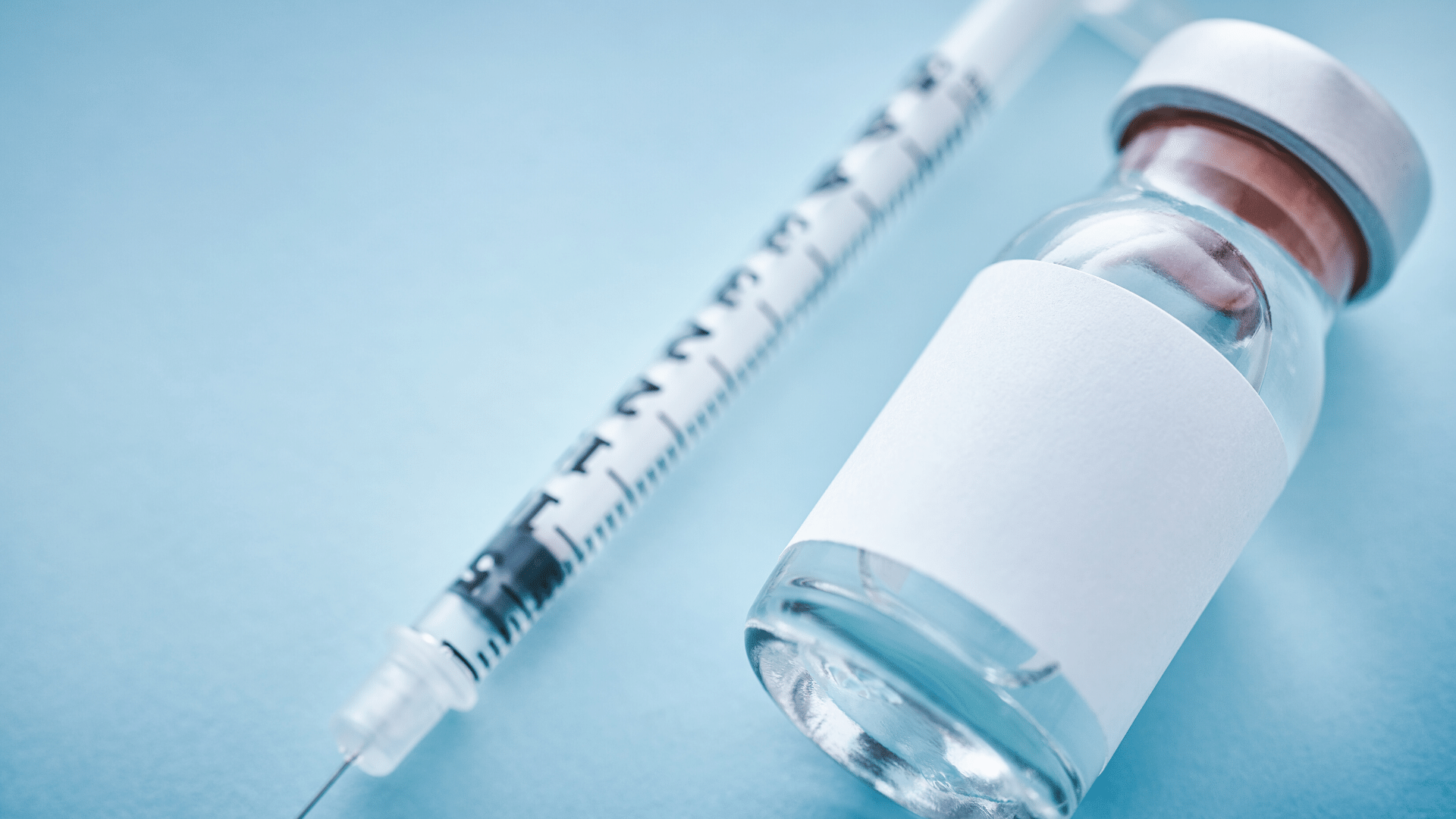The World Health Organization (WHO) was informed last December 2019 about an unidentified cause of pneumonia in Wuhan City, China. Around January 2020, it was revealed by the Chinese authorities that the cause of it was the “novel coronavirus”, and named temporarily as “2019-nCov”.
Talking about “coronaviruses” (CoV), these are viruses that cause illness to a person from mild to severe diseases. Unlike “novel coronavirus”, it has not been detected in humans by that time or even before. Later on, this was named as “COVID-19” virus.
Symptoms of COVID-19 Virus
- Fever
- Shortness of breath
- Headache
- Sore throat
- Diarrhea
- Vomiting
- Loss of smell and taste
- Fatigue ;
and these may occur from 2-14 days after virus exposure.
COVID-19 may seem similar to “Influenza” (Flu) due to similarities of the symptoms, but they are technically different when it comes to the virus that caused it. Influenza is caused by “influenza viruses” while COVID-19 is caused by SARS-CoV-2.
The outbreak was declared by the WHO as a global health emergency as this had spread from time to time, not just in Wuhan City, China but in other countries as well. Hundreds to thousands of people died because of this virus and by that time, the only solution that the concerned agencies and government had was to shut down the normal way of living of their citizens. This is to partially ensure the safety of everyone until an accurate solution will be made and found.
Reports keep coming about the daily count of infected individuals. Numbers are constantly increasing, from the positive to the deceased ones. It is very alarming not just for a person but to the whole nation. WHO advised everyone to stay at home and practice health protocols.
- They encourage everyone to wash their hands.
- Sanitize hands.
- Strengthened the value of social distancing.
- Wearing of face mask.
- Highly advised to reach medical professionals if they feel such COVID-19 symptoms.
The Philippines, one of the countries that have been greatly affected by COVID-19 had its first confirmed case last January 2020. Around March 2020, the Philippine government declared a health emergency to avoid the surge of possible and positive cases of the said virus. Unfortunately, the number of positive cases and deceased-infected individuals keep increasing. The human-to-human transmission was confirmed from one of the infected individuals and suspected to have transmitted the virus with its peers.
An unexpected situation like this is really controversial and alarming as this is a public concern. The government encouraged Filipino citizens to stay at home and practice the designated health protocols. The Philippines was placed under a state of calamity, and a massive lockdown was declared to the Luzon area, specifically in Metro Manila. School, business, and trade operations were suspended until a definite solution to the problem will be made.
In the meantime, it was the government’s solution to lessen the chances of transmission of the virus. With that intervention, relief funds were badly needed in order to sustain the need for food and survival of the affected individuals. No one was allowed to leave their house, besides the authorized government officials and personnel, and medical professionals.
A quarantine pass was granted to one family member per household to sustain their daily needs, age restrictions were also imposed to avoid the most vulnerable individuals (such as the young ones and senior citizens). Schedule of groceries were also implemented to categorize certain areas and avoid the heavy flow of people, just in time to practice and strengthen social distancing. Quarantine for suspected and confirmed cases of COVID-19 was also implemented to prevent the spread of the virus. Such protocols and interventions were made and implemented in the country until the vaccine was made.
With further formulation, research, trials, and success, vaccines were made to fight the spread of COVID-19. The World Health Organization validated several COVID-19 vaccines and the first mass vaccination program was held around December 2020.
Vaccines imitate the virus and help the body to create antibodies. These antibodies serve as protection for an individual who is infected by a certain virus or bacteria.
The following are the vaccines that were granted a WHO Emergency Use Listing (EUL) as of November 26, 2021:
- The Pfizer/BioNTech Comirnaty, 31 December 2020
- The SII/COVISHIELD and AstraZeneca/AZD1222 vaccines, 16 February 2021
- The Janssen/Ad26.COV 2.S developed by Johnson & Johnson, 12 March 2021
- The Moderna COVID-19 vaccine (mRNA 1273), 30 April 2021
- The Sinopharm COVID-19 vaccine, 7 May 2021
- The Sinovac-CoronaVac, 1 June 2021
- The Bharat Biotech BBV152 COVAXIN vaccine, 3 November 2021
The following are the vaccines that were granted by the FDA a EUA in the Philippines:
- Pfizer-BioNTech/Comirnaty COVID-19 mRNA Vaccine (nucleoside modified)
- ChAdOx1-S[recombinant] (COVID-19 Vaccine AstraZeneca)
- SARS-CoV-2 Vaccine (Vero Cell), Inactivated [Coronavac]
- Sputnik V Gam-COVID-Vac/Sputnik Light COVID-19 Vaccine
- Janssen COVID-19 Vaccine (Ad26.COV2-S (recombinant))
- Whole Virion, Inactivated Corona Virus Vaccine [Covaxin]
- COVID-19 mRNA Vaccine (nucleoside modified) [COVID-19 Vaccine Moderna]
- COVID-19 Vaccine (Vero Cell), Inactivated [COVID-19 Vaccine Sinopharm]
- SARS-CoV-2 rS Protein Nanoparticle Vaccine [Covovax]
In order to administer clearly and effectively the distribution of vaccines, priority sectors and sub-groups were made in order to prioritize the individuals that need to be prioritized:
A1: Frontline workers in health facilities both national and local, private and public, health professionals and non-professionals like students, nursing aides, janitors, barangay health workers, etc.
A2: Senior citizens aged 60 years old and above
A3: Persons with comorbidities
A4: Frontline personnel in essential sectors including uniformed personnel and those in working sectors identified by the IATF as essential during ECQ
A5: Indigent population
B1: Teachers, social workers
B2: Other government workers
B3: Other essential workers
B4: Socio-demographic groups at significantly higher risk other than senior citizens and indigenous people
B5: Overseas Filipino workers
B6: Another remaining workforce ;
and the rest of the Filipino people.
Ever since the vaccines became available in the country, hundreds, thousands then millions of Filipino have taken their vaccine shots in order to protect themselves and the people around them from the virus. Reports show that vaccinated individuals got to experience certain symptoms after the vaccine. This is a good sign that your body is creating protection from the Covid-19 virus.
The following are the possible side-effects of Covid-19 :
- Fatigue
- Headache
- Fever or being unwell
- Swelling or itching of the injected part of the arm
- Muscle ache
Just like any other vaccine, it is mostly expected that a person who had his/her vaccine will definitely feel the said symptoms. These symptoms may last long for about 1-3 days, and if it lasts longer, it is highly advisable to seek medical help.
Still, everyone is encouraged by the government and medical professionals to get their vaccine shots to avoid being infected by the virus and lessen the possibility of virus transmission. This is a big leap for a safer and healthier environment for everyone.
Taking your COVID-19 vaccine assures strong protection for yourself and for the people around you. You will be protected from attracting such illnesses and viruses, hospitalization, and even death. Generally talking about this, this will avoid you from medical bills, anxiety towards the environment and everyone around you, and even leaving your family and friends permanently due to issues like this.
Reasons Why You Should Get Vaccinated
Vaccines will make you healthy.
Vaccines can help you protect yourself from infections and illnesses.
Vaccines are as important as your body and diet goals.
Besides a fit and firm body that gives you a healthy body, vaccines can also give you preventive care from possible health issues that may arise.
Vaccines will not bring you the virus or disease that it is made for.
Vaccines are made to kill or mimic the viruses, and you will not get a virus from the vaccine itself.
Vaccines protect you, to protect your family and friends.
Once you are vaccinated, you make yourself safe from the virus and you unconsciously protect your loved ones from the virus and possible virus transmission, too.
Vaccines can help you go along with your loved ones.
As you take your vaccine, you are giving yourself a chance to be with your loved ones knowing that you are safe, and might as well encourage them to take theirs, too.
Imagine a country and a world where everyone is much safer and healthier on their own, which leads to a safer and healthier conversation outside their home. Visualize yourself roaming around the city with no fear of interaction, going to public places with a bunch of friends to play with, and finally traveling to tourist spots with no massive restrictions.
It feels good to gain much better everyday lives because everyone is vaccinated. You will be able to start achieving your dreams such as earning that Master’s Degree, having your own brand new car, and rewarding yourself with a well-deserved condo-living with your dream condo-design, then travel outside the country and more.
If you are thinking of moving into a new condominium, check out Vista Residences!
Vista Residences is the condominium arm of the country’s largest homebuilder, Vista Land & Lifescapes, Inc. that offers ready for occupancy and pre-selling condominium projects in Manila, Makati, Mandaluyong, Quezon City, Ortigas, Baguio, Cebu, and CDO that are strategically located within major cities, in close proximity to premium universities, transit-oriented locations, and developed business districts.
For more information on Vista Residences, email [email protected], follow @VistaResidencesOfficial on Facebook, Twitter, Instagram, and YouTube, or call the Marketing Office at 0999 886 4262 / 0917 582 5167.










